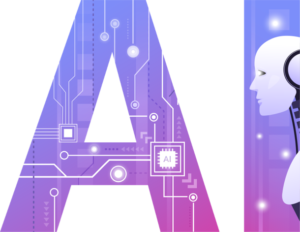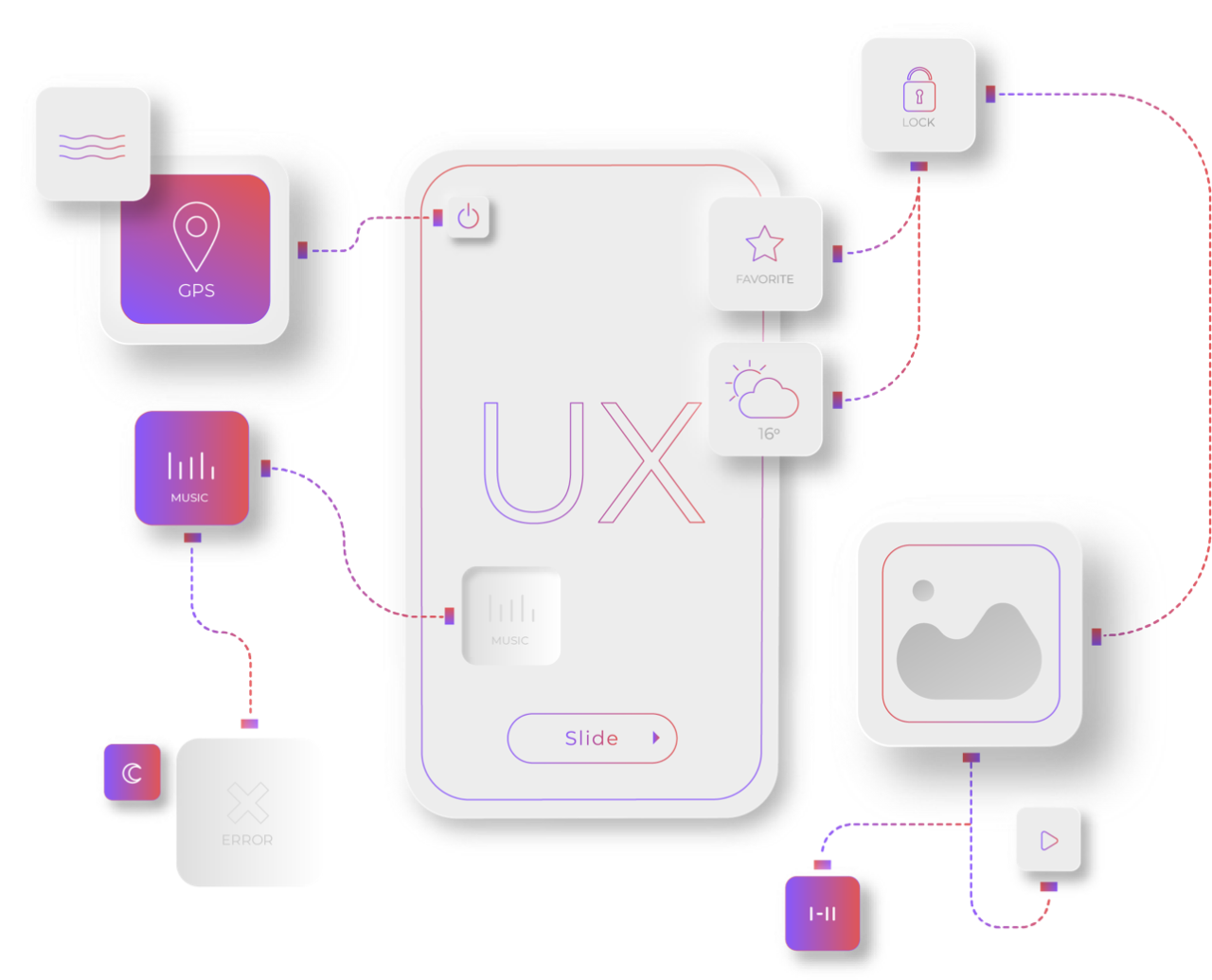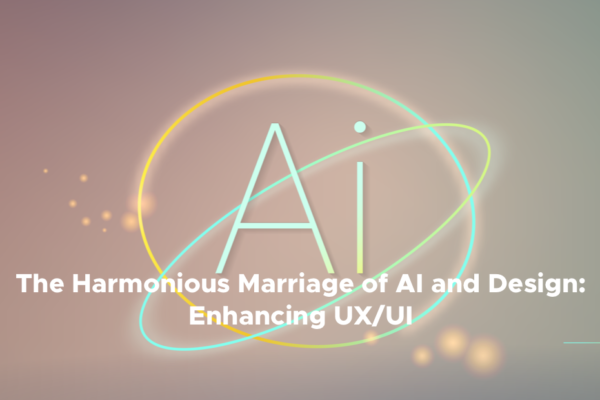In today’s rapidly evolving digital landscape, the integration of Artificial Intelligence (AI) and Design has led to remarkable advancements in User Experience (UX) and User Interface (UI) practices.
This synergy between creativity and technology has not only transformed the way users interact with digital products but has also unlocked new dimensions of personalization, efficiency, and aesthetics. User Experience (UX) design has always been about creating interfaces that are intuitive, efficient, and enjoyable for users.
With the advent of Artificial Intelligence (AI), the possibilities for enhancing UX have expanded exponentially. In this blog, we’ll delve into the exciting ways AI is shaping the world of design, leading to enhanced UX/UI.


Personalized Experiences:
AI algorithms have enabled designers to create personalized user experiences by analyzing user behavior, preferences, and data. With machine learning, interfaces can adapt in real-time, providing tailored content, recommendations, and layouts. For instance, streaming services use AI to curate personalized content suggestions, elevating user engagement and satisfaction.
Design Assistance:
Designers are leveraging AI-powered tools to streamline their workflows. Automated design platforms can generate layout suggestions, color palettes, and typography choices, saving designers time and effort. These tools act as creative collaborators, sparking inspiration while ensuring consistency and cohesiveness in design projects.
Enhanced User Testing:
AI aids in optimizing UX/UI by conducting extensive user testing. Through sentiment analysis and heatmapping, AI can decipher user reactions and interactions, helping designers pinpoint pain points and areas for improvement. This data-driven approach results in data-backed design decisions that cater to user needs.
Chatbots and Virtual Assistants:
Conversational AI, such as chatbots and virtual assistants, have revolutionized user interactions. These AI-driven entities provide instant support, guide users through processes, and offer a more human-like interaction, enhancing overall UX. They are seamlessly integrated into UIs, making interactions intuitive and efficient.
Generative Design:
AI-powered generative design tools are pushing the boundaries of creativity. These tools can autonomously create numerous design variations based on defined parameters. Designers can explore a multitude of options quickly, helping them discover unique and innovative solutions that might have been overlooked through traditional design methods.
Accessibility and Inclusivity:
AI plays a pivotal role in making digital products more accessible and inclusive. From automatic captioning to voice commands and gesture recognition, AI-driven features ensure that products cater to a broader range of users, enhancing UX for everyone.
Data-Driven Design Decisions:
By analyzing user data, AI enables designers to make informed design decisions. These insights guide the creation of user-centered interfaces, ensuring that every design element serves a purpose and aligns with user expectations.

